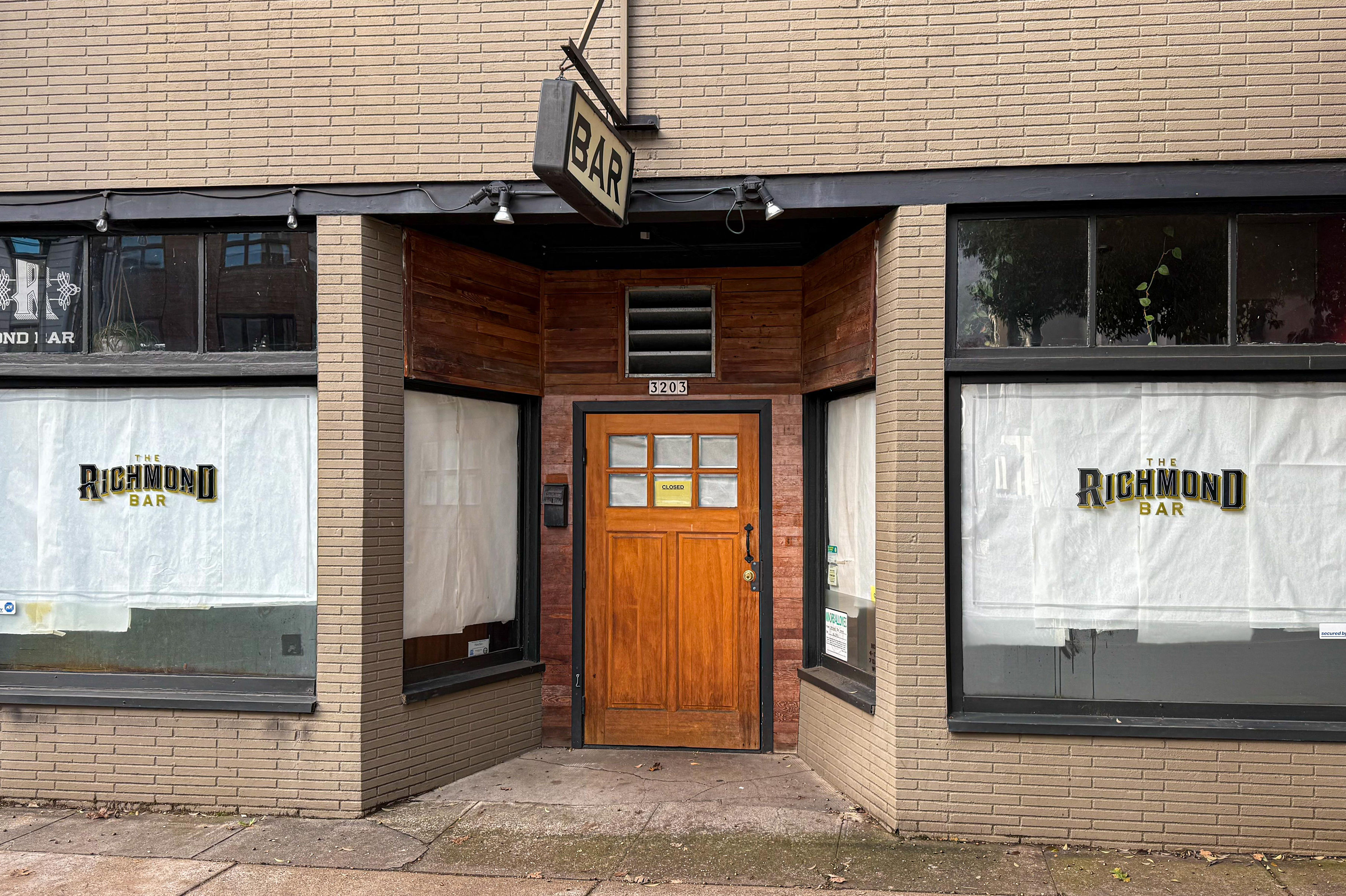What Really Affected Dinner in 2009
While the rest of the about-town crowd were celebrating that booze-soaked, cheese platter-plenty, hangover brunch-craving orgy of food, wine, transgression, and excess known as New Years, I spent the final hours of the year (and the decade) in a more quiet fashion: enjoying a beer (I drank only one on this New Year’s Eve), watching Hulu with my wife at her parents house in New Roads, Louisiana. We were startled by the midnight fireworks in our state of retirement, having just finished a helping of good luck black-eyed peas prepared with usual Southern zest, which in Southwest Louisiana is comprised of some combination of bell pepper, onion, celery, garlic, pork parts, and Catholicism.
As you can see, the last day of our year was down-tempo when compared to a year that was anything but. Though a sour economy was hard on many restaurant operators, and though it meant fewer new full-scale eateries in a city that’s been white hot with new restaurant options for the past decade, the frozen credit market (which made start-up capital for restaurants scarce) changed Portland dining for the better. Even more than a spike in demand for inexpensive food, our dining options expanded radically because restaurateurs were forced to think different.
Here’s why:
The next time you complain about your $9 salad, consider this: Restaurants are very expensive to build. With hood ventilation systems, monstrous city infrastructure charges, concrete cutting, construction and design fees, even minimally adorned eateries can cost a half million. With a frozen lending market, a new lack of start-up loans temporarily put a squeeze on restaurant openings. Instead of waiting, operators down-scaled and unveiled a new set of economy-friendly venues that serve very high-quality fare. Mario Batali prodigy Tommy Habetz redefined the sandwich by squeezing entire meals (like Roman tripe or milk-braised pork with green tomato pickles) between slices of artisan bread at Bunk Sandwiches. This supply-side thriftiness defined the sandwich boom and all its players, including Meat Cheese Bread, Petisco, and Kenny Zuke’s Sandwichworks.
Scarce start-up funds also drove the food cart boom, and would-be bricks-and mortar restaurateurs adapted their business models to fit into portable travel trailers.
This was the business story of 2009.




